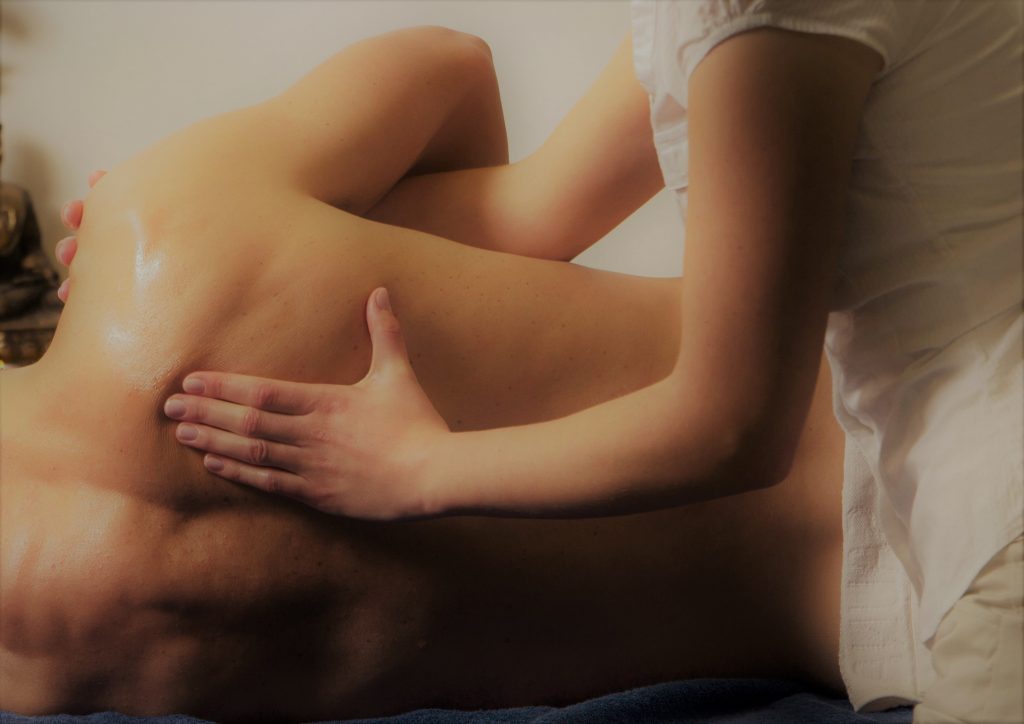[:es]En el International Padel Experience by Madison queremos ser un punto de referencia no solo de nuestros torneos, sino también de cualquier aspecto relacionado con el deporte de moda y que todos los que leemos esta página tenemos en común: el pádel.
Tras hablar hace unos días del codo de tenista, hoy queremos abordar otra de las lesiones más características de este deporte: los problemas de hombro.
El esfuerzo y los movimientos que los jugadores de pádel realizan con el hombro los hacen especialmente sensibles a las lesiones de esta parte del cuerpo. Sin embargo, si fortalecemos la articulación correctamente y seguimos unas sencillas pautas, podremos disminuir estos problemas en gran medida.
Fortalecer y mejorar la elasticidad del hombro a través de calentamientos y estiramientos son algunos de los cuidados que tenemos que tener en cuenta en esta articulación, la que más movilidad tiene del tren superior e implicada en gran parte de movimientos, no solo de nuestra actividad deportiva, sino también de nuestro día a día.
A continuación, te mostramos pequeños consejos que te ayudarán a fortalecer la zona:
PON ATENCIÓN A LOS ESTIRAMIENTOS
Estirando correctamente aliviarás la tensión en la zona. Además, mejorarás la elasticidad y la movilidad de la articulación, ayudando a evitar lesiones indeseadas.
VIGILA LOS MOVIMIENTOS
Trata de no sobrecargar la zona ni realizar movimientos bruscos, que pueden ser perjudiciales. Realizar correctamente, con buena técnica los movimientos, al igual que con el codo de tenista, evitará un gran número de lesiones.
FORTALECE LOS MÚSCULOS DE LA ZONA DE FORMA EQUILIBRADA
Un desequilibrio entre los distintos músculos que sujetan el hombro puede crear una tensión extra que, a la larga, derivará en molestias e incluso en lesiones. En caso de no estar seguro de como fortalecer equitativamente la musculatura, te recomendamos que consultes con un especialista y evites, de esta forma, riesgos innecesarios.
Estos pequeños consejos te ayudarán a disminuir el riesgo de lesiones. Sin embargo, si durante la práctica del deporte notas alguna molestia o dolor, tanto en esta zona como en otra, la recomendación siempre será parar la actividad y consultar con un médico o fisioterapeuta.
¡Continuamos, pádel lovers!
[:en]In the International Padel Experience by Madison we want to be a point of reference not only of our tournaments, but also of any aspect related about the coolest sport and that all of us who read this page have in common: the padel.
After talking a few days ago about the tennis elbow, today we want to tackle another of the most characteristic injuries of this sport: shoulder problems.
The effort and movements that padel players perform with their shoulders make them especially sensitive to injuries to this part of the body. However, if we strengthen the articulation correctly and follow some simple guidelines, we can reduce these problems to a great extent.
Strengthen and improve the elasticity of the shoulder through warm-ups and stretches are some of the care we have to take into account in this articulation, which has more mobility of the upper body and involved in a large part of movements, not only of our sporting activity, but also of our day to day.
Below, we show you some small tips that will help you strengthen the area:
PAY ATTENTION TO THE STRETCHES
Stretching correctly will relieve tension in the area. In addition, you will improve the elasticity and mobility of the joint, helping to avoid unwanted injuries.
MONITOR THE MOVEMENTS
Try not to overload the area or make sudden movements, which can be harmful. Perform correctly, with good technique movements, as with the tennis elbow, avoid a large number of injuries.
STRENGTHENS THE MUSCLES OF THE AREA OF BALANCED FORM
An imbalance between the different muscles that hold the shoulder can create extra tension that, in the long run, will lead to discomfort and even injury. If you are not sure how to strengthen the muscles evenly, we recommend that you consult a specialist and avoid unnecessary risks.
These little tips will help you reduce the risk of injury. However, if during the practice of the sport you notice any discomfort or pain, both in this area and in another, the recommendation will always be to stop the activity and consult a doctor or physiotherapist.[:]











